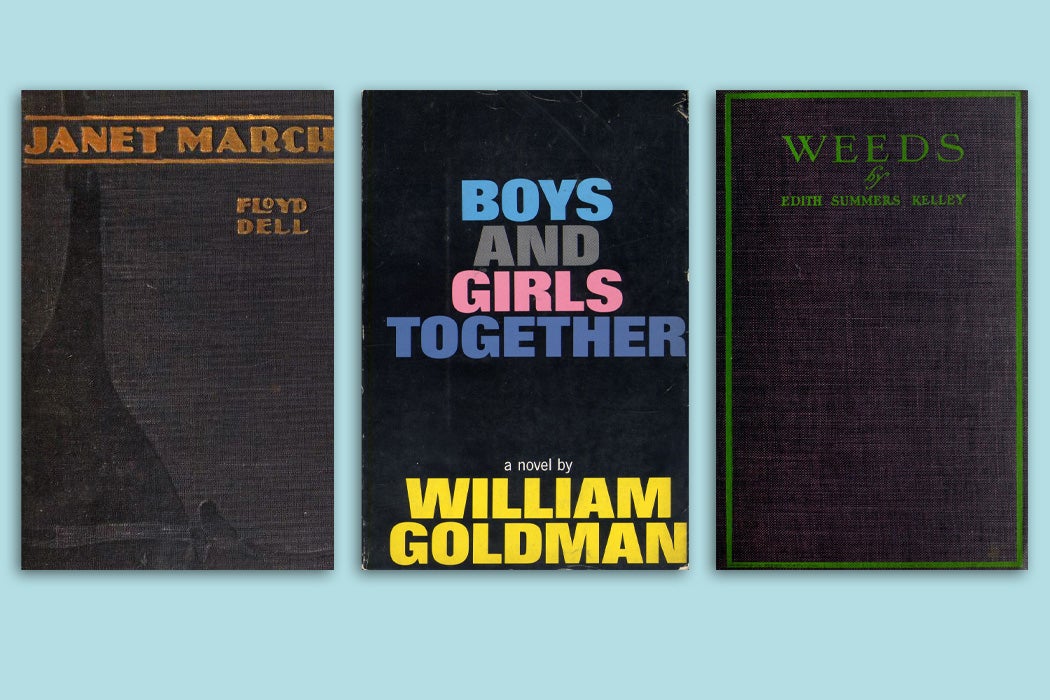In the first half of the twentieth century, abortion was illegal across the Unites States and rarely discussed in newspapers or legislatures. So how did people find out about how the procedure worked and how to access it? English language scholar Meg Gillette writes that one answer was literature.
Gillette notes that, in 1933, book reviewer Dorthea Brande wrote that abortion was so common in contemporary novels that “it is likely to be looked upon as an initiation rite of our period by sociologists in the future.” Later, a character in William Goldman’s 1964 novel Boys and Girls Together, preparing to watch a play, said “there better not be a big abortion scene—I’m bored with them already.”
In purely practical terms, the abortion storylines in many novels explained what did and didn’t work to end a pregnancy. They accurately showed illegal but commonly available supposed abortifacients like pennyroyal pills or rubber catheters as dangerous and generally ineffective. In Theodore Dreiser’s An American Tragedy (1925), for example, it’s explained to the heroine that the pills she takes “wouldn’t be likely to be of any real service to you.” And, indeed, they make her “exceedingly sick.” None of the sixty literary abortions Gillette examined showed an over-the-counter remedy working as promised.
The novels also depicted the realities of abortions illegally performed by doctors. Readers might learn that it was wise to wear old clothes to avoid being overcharged and that they should be alert to the possibility of sexual assault by the doctor.
Literature often presented the scenarios that might lead to abortion in sympathetic terms. Wholesome girls and young women were seduced and abandoned. Married women were too poor to give a child a good life. In Weeds (1923) by Edith Summer Kelley, a mother of three in a sharecropping family, knows that another child would be “condemned to a life of toilsome grubbing in dirt that ended only with the grave.”
Gillette writes that some novels made explicit political arguments about criminalization of abortion. In Sidney Kingsley’s Men in White (1933), after a character gets sepsis from an illegal abortion, a footnote decries the “vicious class of criminal practitioner” produced by Prohibition, in contrast to the Soviet Union’s “birth control education” and “legal abortion clinics.” The heroine of Floyd Dell’s Janet March (1923) discovers that she found nothing morally objectionable about ending a pregnancy. “It wasn’t sin,” she thinks. “What was it then? It was—freedom.”
Weekly Newsletter
Other novels featured anti-abortion narratives, with greedy, evil abortionists and women whose quests to be professionally and sexually equal to men prove worthless in the face of the guilt they feel post-op. But, in most cases, regardless of ideological slant, the stories were told from the perspective of women facing choices about abortion.
“Modern abortion narratives fractured the medical community’s hold on abortion and conjured a community of women having abortions that reconstructed abortion as a shared experience,” Gillette writes.







